Water is at the core of our operations, with our animals residing in more than 840,000 gallons of water across both the North and South Buildings, as well as our Darden Marine Animal Conservation Center (DMACC), where Stranding Response operates. From the water temperature to salt, chemical, and mineral content, our staff carefully monitors and controls the water in which our animals live to provide them the healthiest habitats possible. The key to managing the health of our aquatic spaces is our Water Quality Lab, a facility located at our South Building, staffed by a group of technicians who test and analyze more than 230 water samples weekly from across our facilities.
Meet the Team
The Water Quality Lab team currently consists of one full-time technician, two part-time technicians, and a lab manager processing water samples seven days a week. Although the team is small, they’re growing, with another full-time technician joining soon.
The education and experience required to work with the Water Quality team isn’t restrictive – any scientific background can help someone snag a role in the lab. Prior knowledge of water quality testing isn’t needed so long as a technician is good with technical learning. One of our technicians, Allegra, has been a full-time member of the Water Quality Lab team for three years. Her first experience working at the Aquarium was as a volunteer, eventually becoming an employee within the Horticulture Team before moving into her role in the lab.
“I was originally going to be a teacher when I went to school and was going to teach science. I wanted to do the equivalent of high school-style experiments all day,” she shares. “I got a degree in Earth and Environmental Science, and I was surprised we had a Water Quality Lab.”
Part-time technician, Dave, has a Bachelor of Science in Chemistry and has worked in various roles as a chemist and power grid operator, working in a laboratory for the energy industry. He relocated to our area to support his daughter while she pursued a doctorate degree and found the Water Quality Lab position open.
“I only saw an auto analyzer [a water testing device] one other time [before joining the lab],” Dave says. “It has been a challenge, but I learn more about its care and feeding every day.” He also appreciates the benefits of working with the Aquarium, and enjoys being able to contribute to our animal residents’ well-being.
Our newest technician, Sydnee, works part-time and graduated from Coastal Carolina University two years ago with a Marine Science degree. “A big goal after I graduated was to gain work experience in my field," she shares, adding it was what led her to the Virginia Aquarium. “I was referred and encouraged to apply by guest educator, Sarah, whom I met and became good friends with during my time at Coastal." The open position in the lab stood out to her because she enjoyed chemistry in school, and has enjoyed learning from her colleagues and helping keep the animals healthy.
Lab manager, Daphne, is an Old Dominion University graduate who learned about our lab and the manager position through the City of Virginia Beach. She has held positions in different industries, from raw materials testing for over-the-counter consumer products to wastewater treatment and environmental testing. In terms of her work, she says “It is nice so many of the visitors who come in are actually interested in what we are doing.”
Though the nature of work in the lab is static, the team has fun with it – they often have a music playlist on to keep things lively throughout the day. They’ve recently been enjoying the Ultimate Hit List, as well as Miles Davis, some jazz, and show tunes. The computer with the speakers is located next to the autoanalyzer, so whoever is running that machine gets to choose the music!





